Le Justicier
Le Justicier (Monte-Cristo) is a China Ink drawing on paper realized by Jean Cocteau in the early 1920s.
The scene refers to the popular novel by Alexandre Dumas (The Earl of Monte-Cristo).
Le Justicier (Monte-Cristo) is a China Ink drawing on paper realized by Jean Cocteau in the early 1920s.
The scene refers to the popular novel by Alexandre Dumas (The Earl of Monte-Cristo).
Signed lower right with Cocteau's typical signature.
In good conditions, except some ageing and minor discoloration of the paper which do not affect the image.
Prov. Coll. Pecci-Blunt (stamp of the Collection on lower left of front and lower right of rear of the paper).
Published in Jean Cocteau's "La Machine Infernale", Paris, Grasset, 1934.
Jean Cocteau
The French poet, writer, artist, and film maker Jean Maurice Eugene Clement Cocteau was born to a wealthy family on July 5, 1889 in a small town near Paris, France. Cocteau's father committed suicide when he was about 10 years old.
In 1900, he entered a private school and was expelled in 1904. After his expulsion from school, Cocteau ran away to Marseilles where he lived in the "red light district" under a false name. Police discovered him in Marseilles and returned him to his uncle's care.At the age of 17 or 18, Cocteau fell in love with an actress named Madeleine Carlier. She was 30 years old at the time. She later ended the relationship.In 1908, Cocteau associated himself with Edouard de Max. De Max was a reigning tragedian of Paris stage at this time. De Max encouraged Cocteau to write and on April 4 of that year rented the Theatre Femina for the premiere of the young writer's poetry.In 1909, Cocteau met the Russian impresario Sergey Daighilev who ran the Ballets Russes. Daighilev encouraged Cocteau to venture into the genre of ballet. The Russian challenged Cocteau to "Ettonne-moi" (Surprise me). The remark pushed Cocteau to write the libretto for an exotic ballet called Le Dieu Bleu . During this time, Cocteau also met composer Igor Stravinsky who was working on his composition The Rite of Spring . In the spring of 1914, Cocteau visited Stravinsky in Switzerland. It was during this visit that Cocteau finished his first book, Le Potomak .
The First World War broke out in the summer of 1914 and though Cocteau never served in the military, he did help run an ambulance service. He acquainted himself with a group of marines. Cocteau was arrested and returned to civilian life in 1915.In 1917, he met Pablo Picasso. Cocteau and Picasso went to Rome where they met up with Diaghilev. At this point, Cocteau helped prepare the ballet Parade . Picasso designed the sets, Erik Satie wrote the music, and the ballet was choreographed by Leonide Massine. The Paris opening in May of that year was a disaster. A few years later the ballet was successful.After the war Cocteau continued his association with several well known artists. He founded a publishing house called Editions de la Sirene . The company published Cocteau's writings and many musical scores of Stravinsky, Satie and a group of composers known as Les Six.
In 1918, Cocteau formed an intimate friendship with a 15 year old novelist, Raymond Radiguet. Radiguet strongly influenced Cocteau'sart and life. The young writer would die from typhoid fever in 1923. His death was a severe blow to Cocteau and drove him to use opium. During Cocteau's recovery from his opium addiction, the artist created some of his most important works including the stage play Orphee , the novel, Les Enfants terribles , and many long poems.
In 1930 Cocteau's first film, Blood of a Poet was released. The film was a commentary on his own private mythology. Cocteau designed the work concerning the adventures of a young poet condemned to walk the halls of the Hotel of Dramatic Follies for his crime of having brought a statue to life. In the early 1930's, Cocteau wrote what some believe is his greatest play, La Machine Infernal . The play was a treatment of the Oedipus theme. Cocteau also wrote La voix humaine (1930, The Human Voice), Les chevaliers de la table rounde (1937, The Knights of the Round Table), Les parents terribles (1938, Intimate Relations), and La machine a ecrire (1941, The Typewriter).
During the next 15 years the artist's work lapsed. One reason for this is his recurring addiction to opium. His return to work in the early 1940's was primarily due to the influence of his close friend, actor Jean Marais.In 1945, Cocteau directed his adaptation of La Belle et la Bete ( Beauty and the Beast ). The film marked a triumphant return of Cocteau to the screen. Marais starred in the film as the Beast, Beauty's suitor, and the Prince. In the late 1940's, Cocteau adapted two of his plays to film; The Eagle with Two Heads and The Storm Within .In 1950, Cocteau directed the film Orpheus which again starred Marais. This time the theme revolves around a poet beset by artistic and romantic rivals. When his wife dies, Orpheus descends to Hell to rescue her. In Hell, Orpheus' fate is determined before a tribunal. Also in 1950, Cocteau used his artists' eye to decorate the Villa Santo Sospir in Saint-Jean-Cap-Ferrat and begin a series of graphic works.In 1954, on the death of his friend Collette, the novelist, Cocteau took her place in the Belgian Academy. In 1955, he was elected to the French Academy.In 1959, Cocteau made his last film as a director, The Testament of Orpheus . The elaborate home movie stars Cocteau and also features cameos from many celebrities including Pablo Picasso, Yul Brynner and Jean-Pierre Leaud.The artist died of a heart attack at age 74 at his chateau in Milly-la-Foret, France on October 11, 1963 after hearing the news of the death of another friend, the singer Edith Piaf.



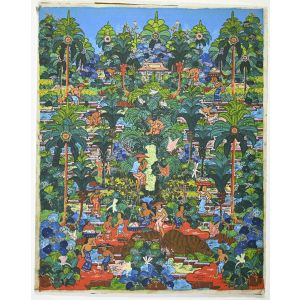
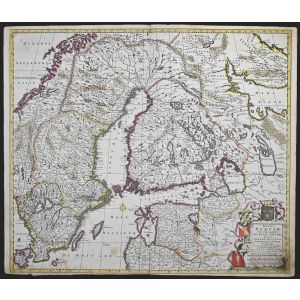
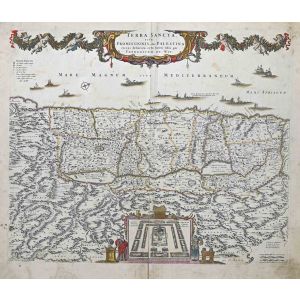
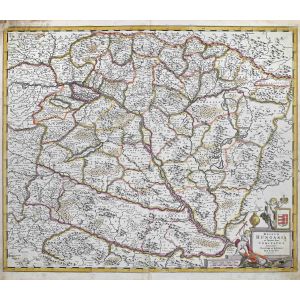
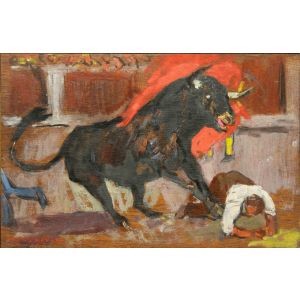
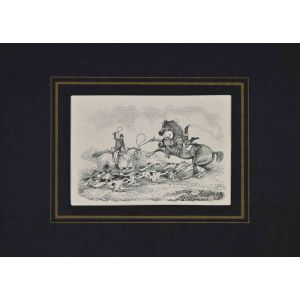
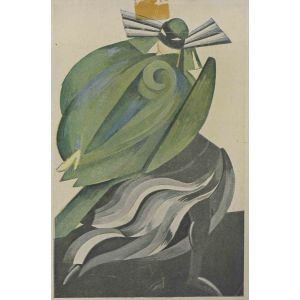
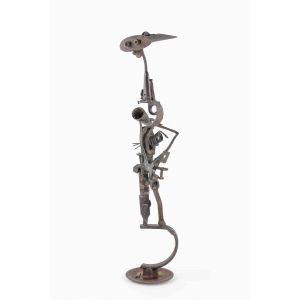
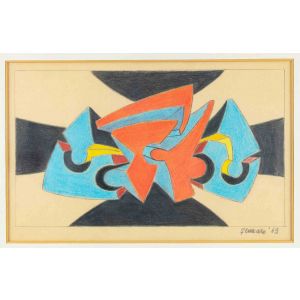
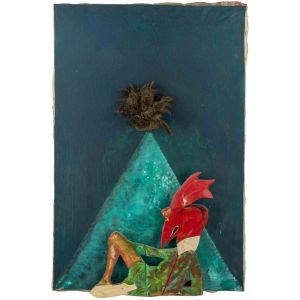
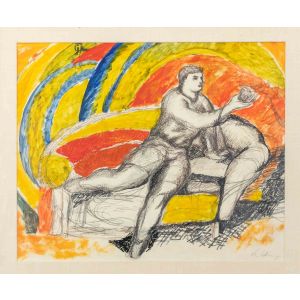

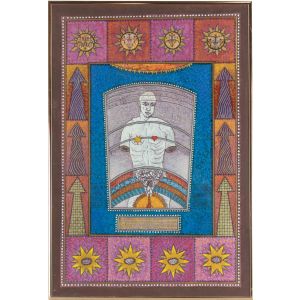
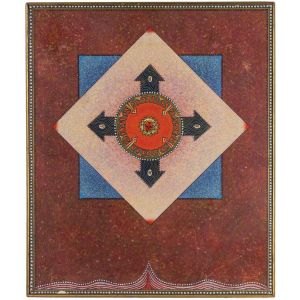
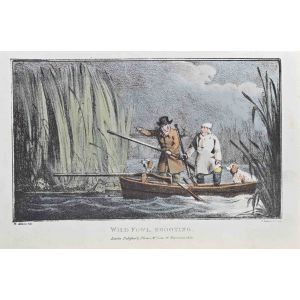


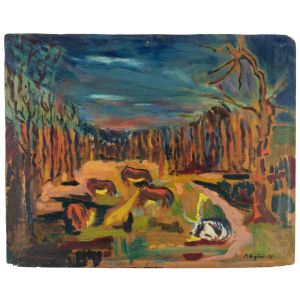
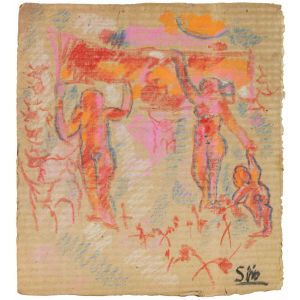
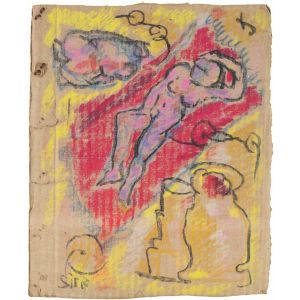








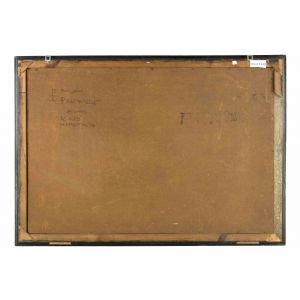
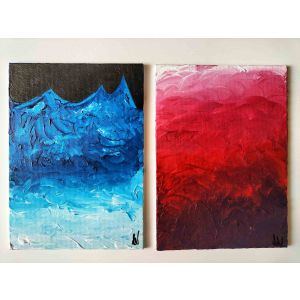










Validate your login
Sign In
Create New Account